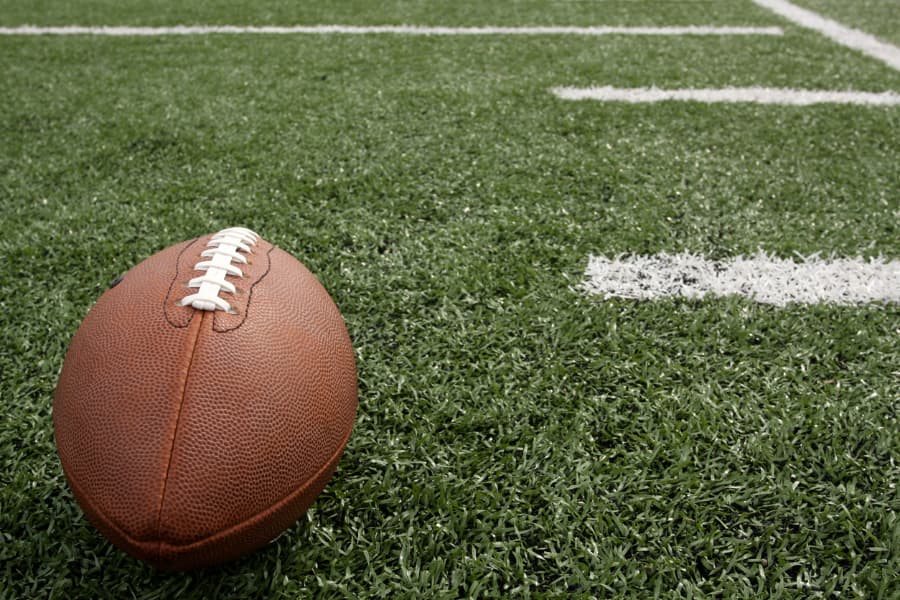
When it comes to track and athletic field construction, one of the most important decisions is selecting a surface material. Believe it or not, the type of track and field material you choose can impact not only the longevity of the surface but also athletes’ performance and health.
American Athletic Track and Turf is one of a few turf companies that have delivered award-winning final products to schools and facilities throughout the East Coast for over twenty-five years. As a proud partner of Beynon Sports, a Tarkett Sports company, we understand the importance of quality track and field material. Here, we explore the various artificial turf and running track surface options available.
Running Track Surfaces
In terms of running track surfaces, there are several options. Each comes with its own advantages. Knowing your choices is important because the type of surface you pick can impact a runner’s speed, technique, and physical health. Different running track surfaces include the following:
Natural Surfaces
Cinder, clay, and occasionally grass are common natural track surfaces. Runners admire them for a softness that provides excellent cushioning and helps reduce injuries. Natural running track surfaces are comfortable to run on and less expensive to construct than other varieties.
Despite their benefits, natural running track surfaces have significant drawbacks. Inclement weather often renders them unusable and unsafe. Additionally, natural track surfaces require constant and costly upkeep, such as leveling, adding filler material, and re-marking the lanes.
All-Weather Surfaces
All-weather running surfaces consist of asphalt combined with rubber or sand. Introduced in the late 1960s, they are known for their durability and ability to be relatively unaffected by the weather. All-weather running track surfaces can increase running speed and allow runners to keep a steady rhythm.
The drawback to all-weather running surfaces is that the asphalt material becomes harder and loses its resilience as it ages. Aging asphalt-bound tracks can wreak havoc on runners’ joints and muscles, increasing the risk of injuries. Furthermore, asphalt-bound tracks are commonly quite costly.
Synthetic Surfaces
Most running tracks today are built using synthetic running surfaces. That’s because they offer the best balance between durability and performance. They are considered high-performing running surfaces that produce faster run times. Synthetic running surfaces are made by binding rubber particles with latex or polyurethane. They can be constructed in layers using different textures to create optimal traction for increased performance.
Field Surfaces
Just like running tracks, the type of surface on a playing field can impact the game and how athletes perform. Different field surfaces include the following:
Natural Grass Fields
While there is something nostalgic about playing on a natural grass sports field, it’s often a better idea in theory than in practice. The length of the grass matters. If the grass is long and unkempt, this can greatly impact the game’s pace. Additionally, athletes’ footwork will slow down, and the game as a whole will suffer. Keeping grass at optimal playing conditions requires a fair bit of effort, making maintenance challenging.
Artificial Turf Installation
Turf fields don’t grow, meaning they remain predictable for athletes. Athletes move at a much quicker pace on artificial turf fields than they do on natural grass. Furthermore, field turf is much easier to maintain than natural grass, making field turf installation the preferred option.
Consult the Pros When Choosing the Right Track and Field Material
When selecting a track and field material, your choice can impact current players and future athletes. If you’re unsure which playing surface is right for your facility, turn to the experienced team at American Athletic Track and Turf. In addition to providing award-winning services, we also offer advice based on years of experience. As a certified athletic field construction company recognized by the American Sports Builders Association, we understand the differences in playing surfaces and can help you decide.
American Athletic is also pleased to offer clients an alternative to the traditional bidding process with our SmartBuy program. This time- and money-saving method still gives you full control of the look of your new running track or playing field.
Clients on the East Coast should contact us today for more information about track and field materials or to get a quote.


